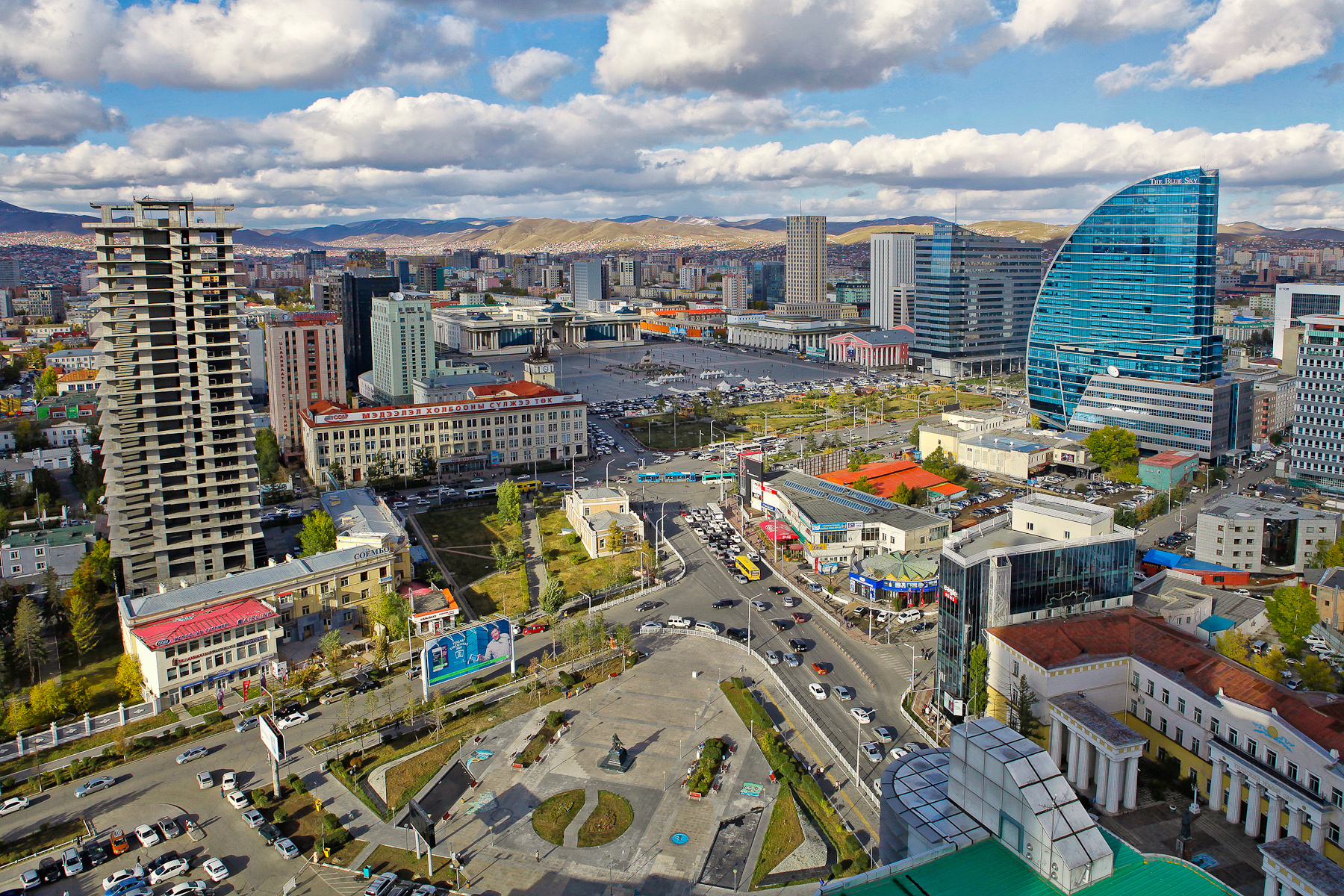Ulaanbaatar

Ulaanbaatar, also spelled as Ulan Bator, is the capital and largest city of Mongolia. It is located in the north-central part of the country and serves as its political, economic, and cultural hub.
Location and Geography: Ulaanbaatar is situated at an elevation of around 1,350 meters (4,430 feet) above sea level in the Tuul River valley, surrounded by four mountains. It is located in the southern part of the Khentii mountain range.
Population: As of my knowledge cutoff in 2021, Ulaanbaatar had an estimated population of around 1.5 million people, accounting for roughly half of Mongolia’s total population. The city has experienced significant population growth in recent years, leading to urbanization and infrastructure development.
History: Ulaanbaatar has a rich history that dates back over 370 years. It was originally established as a nomadic Buddhist monastic center, but it later evolved into a trading settlement. In 1778, it was recognized as the administrative capital of Mongolia.
Cultural and Economic Importance: Ulaanbaatar is the cultural and economic heart of Mongolia. It is home to numerous museums, art galleries, theaters, and cultural institutions. The city also houses the headquarters of many Mongolian companies and serves as a center for trade, finance, and industry.
Modern Development: Ulaanbaatar has experienced rapid urbanization and modernization in recent decades. The cityscape features a mix of traditional yurts (ger) and modern buildings. Infrastructure projects, including the construction of new roads, buildings, and public facilities, have been undertaken to accommodate the growing population and enhance the city’s development.
Climate: Ulaanbaatar has a cold and dry continental climate. Winters are long and extremely cold, with temperatures often dropping below -30 degrees Celsius (-22 degrees Fahrenheit). Summers are relatively short and mild, with temperatures ranging from 20 to 30 degrees Celsius (68 to 86 degrees Fahrenheit).
Tourism: Ulaanbaatar serves as a gateway for tourists visiting Mongolia. Many travelers use the city as a starting point for exploring the country’s vast landscapes, including the Gobi Desert, Khuvsgul Lake, and the Mongolian steppe. The city itself offers attractions such as the Gandantegchinlen Monastery, Sukhbaatar Square, and the National Museum of Mongolia.
